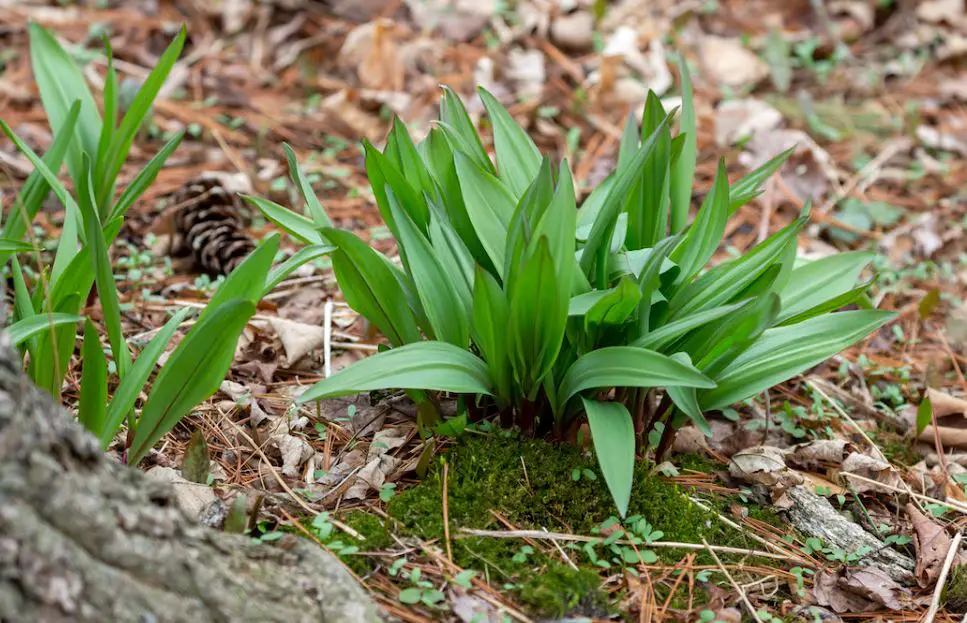A great method to change your nutrition is through foraging in the woods. The traditional foraged food is mushrooms, but many other intriguing foods and plants may be obtained at certain seasons. Another method of finding common food that grows naturally is ramp harvesting. Ramps are allium plants that are also referred to as wild leeks. They smell strong and have a mild taste, similar to a mix between onions and garlic.

Foragers look forward to the ramp harvest. Knowing when to harvest ramps is crucial. Native to the deciduous woodlands of eastern North America, these wild alliums sprout as the soil temperature rises. The appearance of the plant and the beginning of spring are the subjects of the whole celebration. Although foraging is an option, it is important to collect carefully to preserve the forest’s biodiversity. Ramps may now be bought at specialty produce shops and farmer’s markets since producers have just started producing them for sale.
Season of Ramp Harvest
Ramps appear when the earth thaws and the seasonal temperatures start to warm. They may be found in the wild in certain areas of Canada and the southern United States, from North Carolina and Tennessee south to Missouri and Minnesota. They could be concealed in low, moist places or the undergrowth of deciduous woodlands. Consistent rainfall and organically rich soil are essential for plants. Due to the absence of vegetation at this early stage of the season, their strappy, green leaves stand out. The presence of ramps will be obvious from the garlicky scent. The sparse cluster of leaves will eventually lead to a tiny, white bulb underground. Harvesters start looking for this plant, which is only accessible briefly from late March to early April. Given the limited growing season, ramp purchases are expensive, and restaurants acquire most of the produce.
Wild Ramp Harvesting
You can eat this plant in its entirety. Compared to the almost fiery bulb, the leaves are gentler. Raw, sautéed or used in soups and stews, the plant is edible. Ramps may be used instead of leeks or spring onions, but their flavor is greatest in straightforward dishes. By the time the trees leaf out in the early spring, the plant’s leaves have already begun to appear.
Look for beech, sugar maple, American basswood, tulip poplar, yellow birch, and black cherry trees on the north-to-east slopes. Leave the bulb and simply remove the leaves to prevent overharvesting. This will ensure that the plant may return the next year.
How to Harvest Ramps in a Sustainable Way
It is essential to simply harvest the leaves since the ramp harvesting season is brief and the plant is widely used. When there are ten healthy plants around, take some leaves from one of them. Never pick leaves from plants that have already sprouted scapes that protrude long, leafless flower stalks. Future plants’ seeds are stored in the scapes.
Remove just one-fourth of the leaves to allow the rest of the ramps plant to continue collecting sunlight and surviving. If a bulb is required, only pick the top 13 to ensure the plant’s survival. These plants can be grown. However, they may be picky about germination. Plant ramp seeds under circumstances that are as similar to those in their natural habitat as you can. In the first year, do not count on edible bulbs; however, you may eat the tasty leaves in moderation to help the plant grow.
Wash the leaves extremely thoroughly, just as you would any natural food. They may be kept in the refrigerator for a few days, wrapped in a paper towel, and placed in an open plastic bag. The leaves may be blanched, flash cooled, and frozen for future use. Moreover, they help produce butter or oil.

